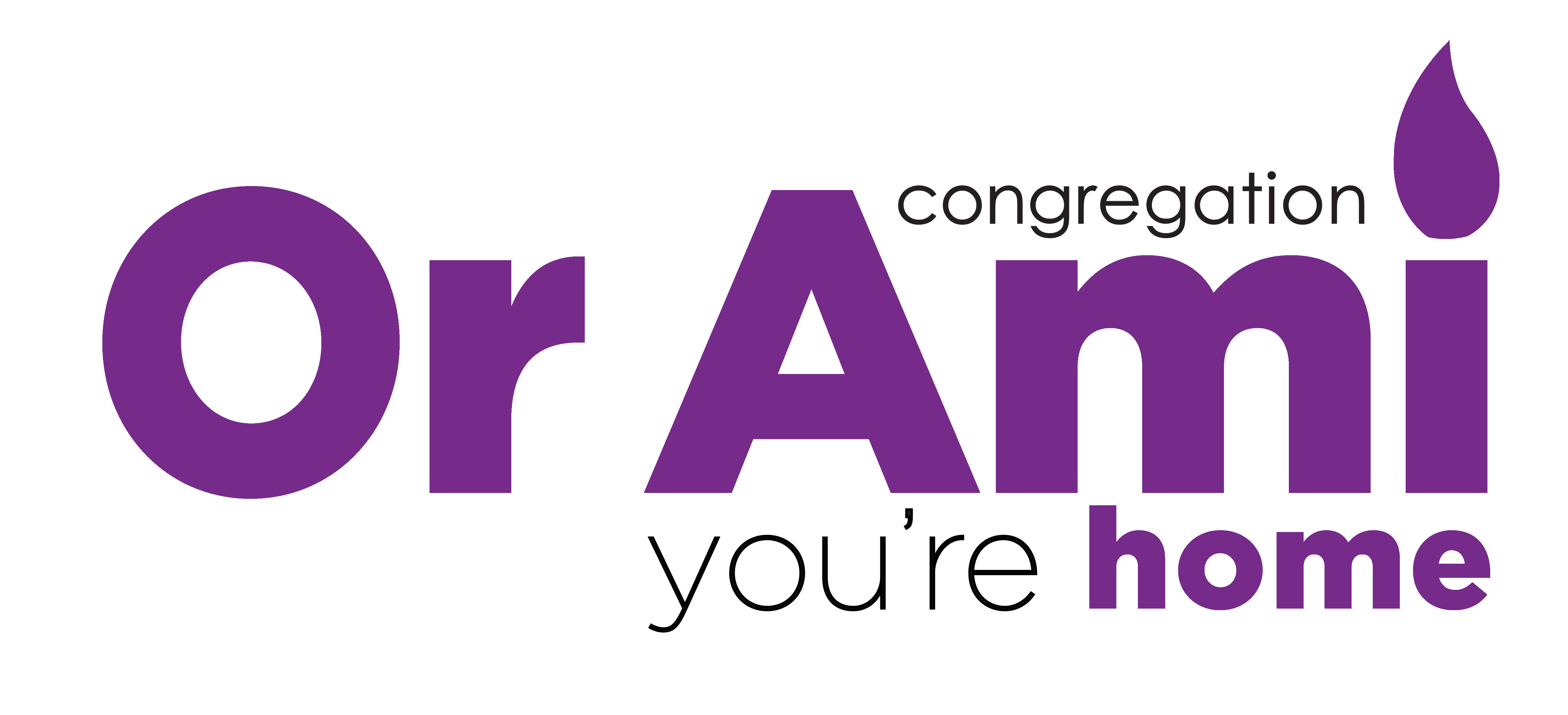Mark Your Calendars for the Mimouna Celebration
By Rabbi Lana Zilberman Soloway
The festival of Mimouna celebrates the end of Passover and marks the beginning of a new period of abundance and prosperity.
Mimouna was traditionally celebrated by Maghrebi or North African Jews in places like Morocco, Tunisia, Libya, France, and Israel. Although it originated and is celebrated widely in the Sephardic communities (Jews of Mediterranean background), a number of North American Ashkenazi Jews (those of European background) have started celebrating this festival in recent years.
The origins of the Mimouna festival are unclear. Some scholars teach that it is the yahrzeit (anniversary of the death) of Maimon ben Joseph, the father of the great Jewish philosopher Maimonides (Rabbi Moses ben Maimon, also known by his acronym Rambam) and a scholar in his own right who lived in Fez, Morocco and wrote on Jewish-Islamic relations in the 1100s. Others say that Mimouna is derived from the Arabic word for wealth and good fortune (protected by God, ma’amoun). There are also those who connect Mimouna with the word emunah (belief), a core concept in Jewish tradition. This suggests that Mimouna is an expression of the faith in the emancipation of the Jewish people – and thus in the emancipation of all people.
Mimouna is also a celebration of spring and an expression of the optimism it brings along for a successful harvest and abundance in the world.
This beautiful festival brings family, friends, and community together to enjoy traditional cuisine, sweets, music, and rituals. It also serves as a type of Havdalah (separation) between Passover, a time that we eat only unleavened bread, and the end of Passover when we are allowed to eat Chametz again. Therefore, the main delicacies during Mimouna are desserts, especially those made of dough.
When traditionally celebrated, women wear their fanciest clothes, girls donned white, and children dressed in costumes like the native North Africans and Arabs who used to share their celebration and provide flowers, milk, butter, honey, wheat, and other produce for the Jews. Dining tables are decorated with flowers, wheat stalks, and greens of all kind. A dairy meal of buttermilk, sweets, and special crepes called mufleta is served with honey, accompanied by singing, dancing, and lots of guests.
This year, Congregation Or Ami will host our first-ever Mimouna celebration. On Tuesday, April 30, from 5:00 to 8:00 pm PTD, we will enjoy special festive, colorful decor, traditional music, arts and crafts, a tea party, a henna stand, delicious desserts, and, of course, a very sweet mufleta.
You are invited to join the festivities and invite neighbors, friends, and family members of all ages to learn about a new Jewish tradition and have a memorable experience. Mark your calendar and come celebrate with us!
